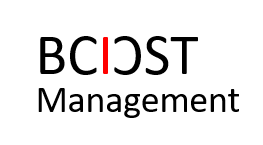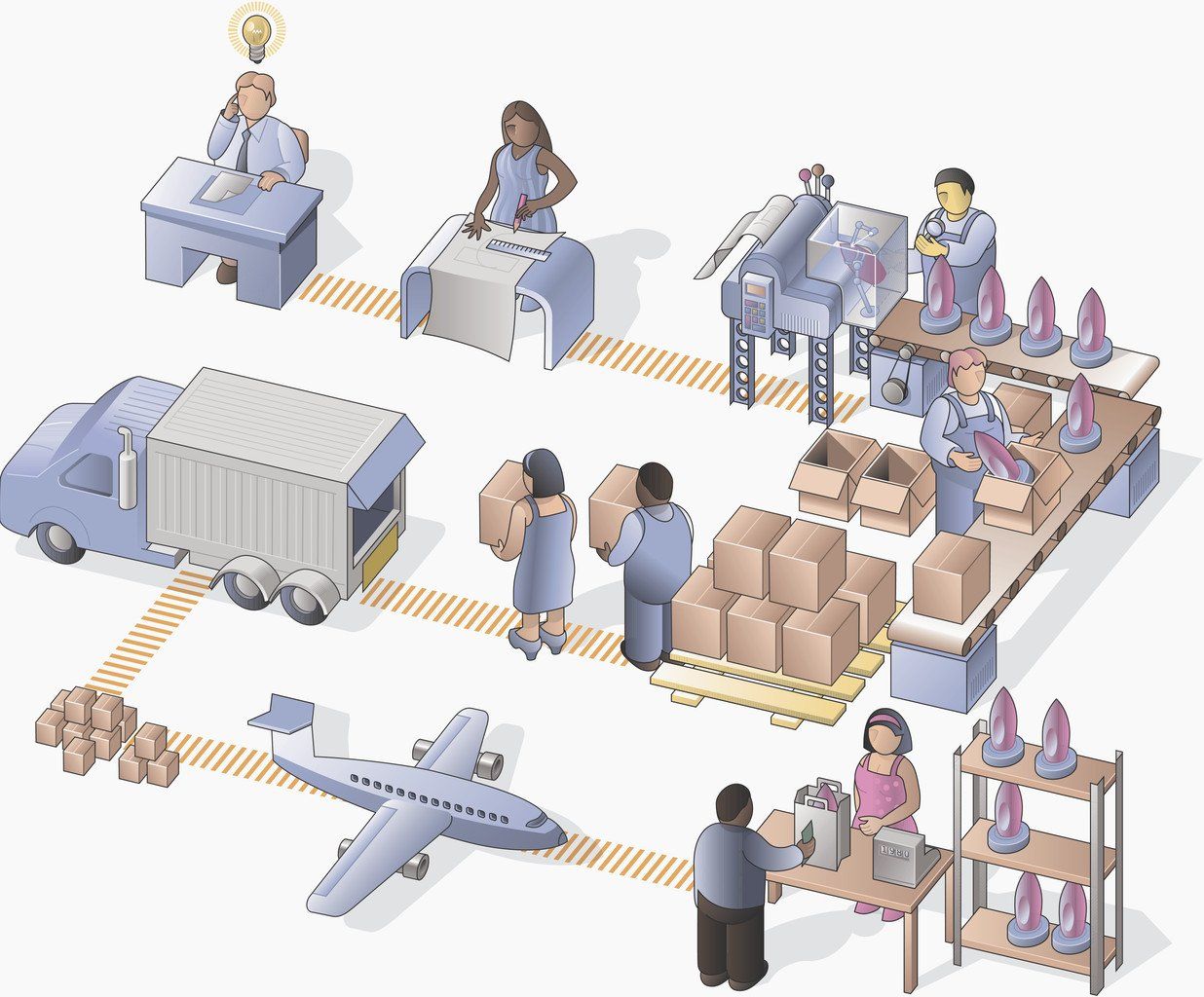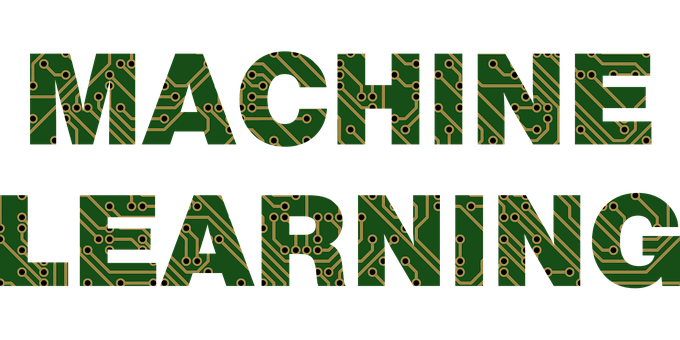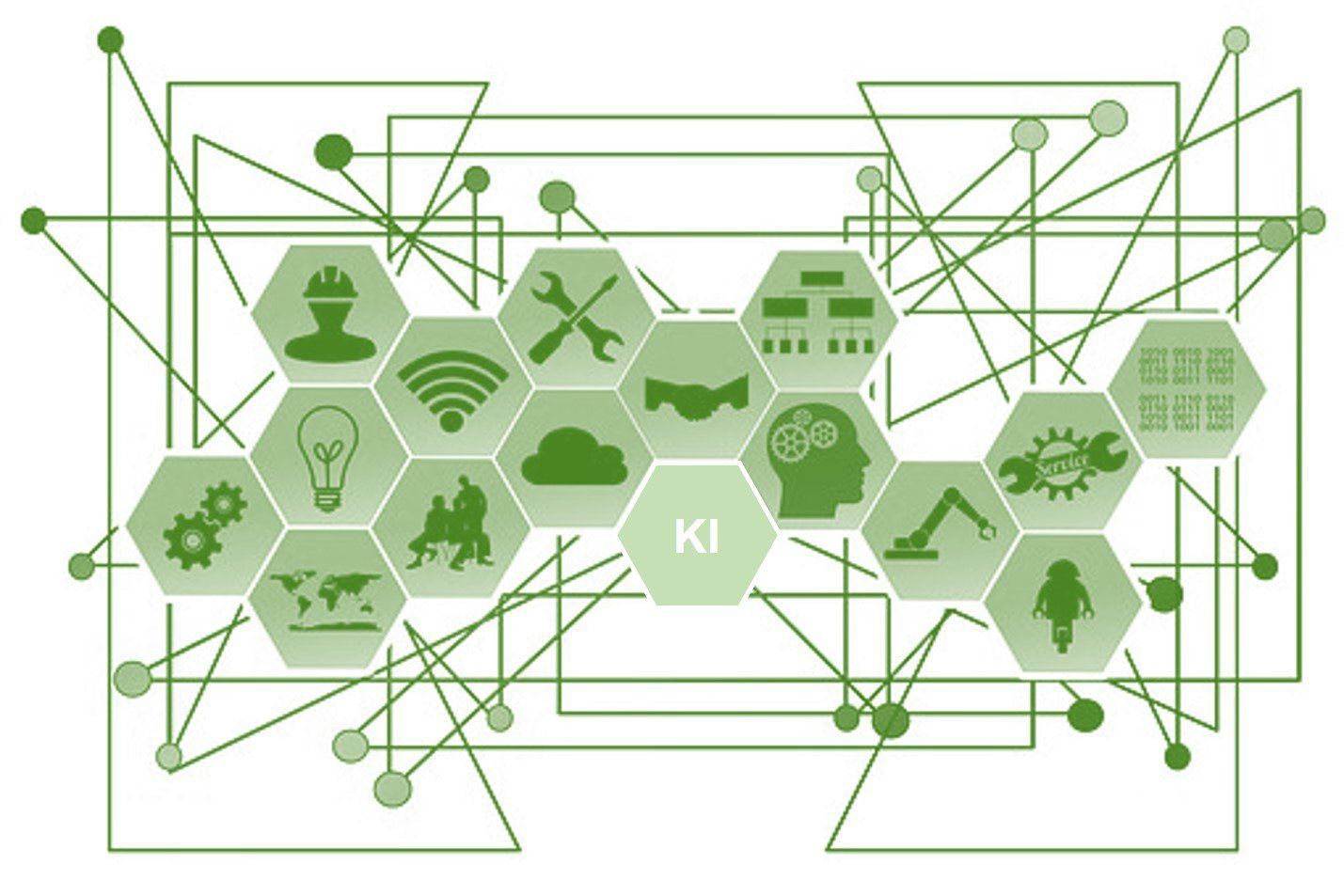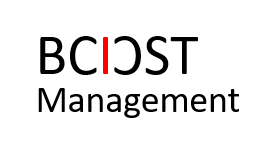Welcome to the expert network for challenging
TransformatIon tasks!
BOOST Management is an
Interim management company specializing in the context-specific provision of management know-how in complex and difficult change processes. We offer you expert know-how and tailor-made solutions on your way to
mastering challenging management tasks such as restructuring, digitization programs or crisis interventions - fast, customer-centric and implementation-oriented.
Let us talk about your specific challanges: +49 (211) 54080-369We would be happy to provide you with possible solutions and a binding service offer...
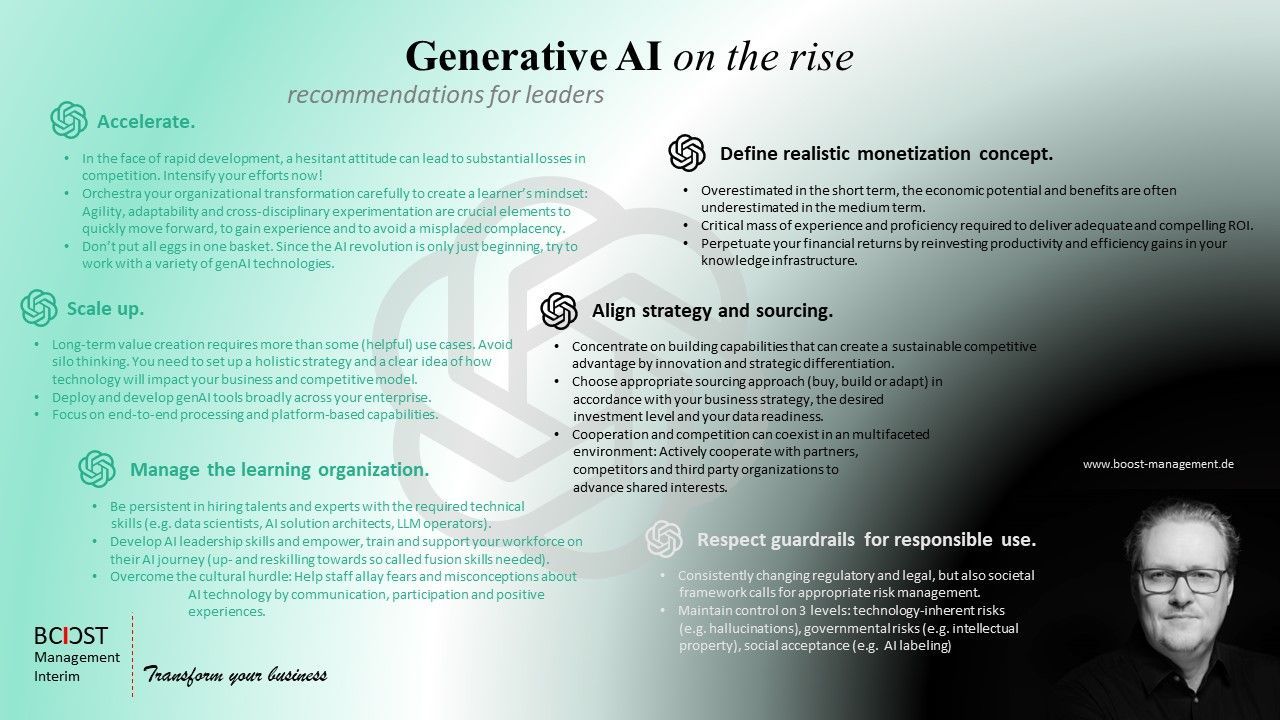
Generative AI on the rise -
our recommendations for leaders
After just twelve months, generative AI have conquered everyday corporate life worldwide. High time to channel and professionalize the management of the new technology.
We've compiled recommendations for top management.
Do you need support? We are gladly at your disposal:
Working professionally with ChatGPT
Technical development and commercial use of generative AI are exponential. Anyone who hesitates risks losing touch. Efficient prompt engineering and its integration into an individual corporate strategy are crucial keys to exploiting the potential of the new technology.
Do you need support? We are gladly at your disposal:
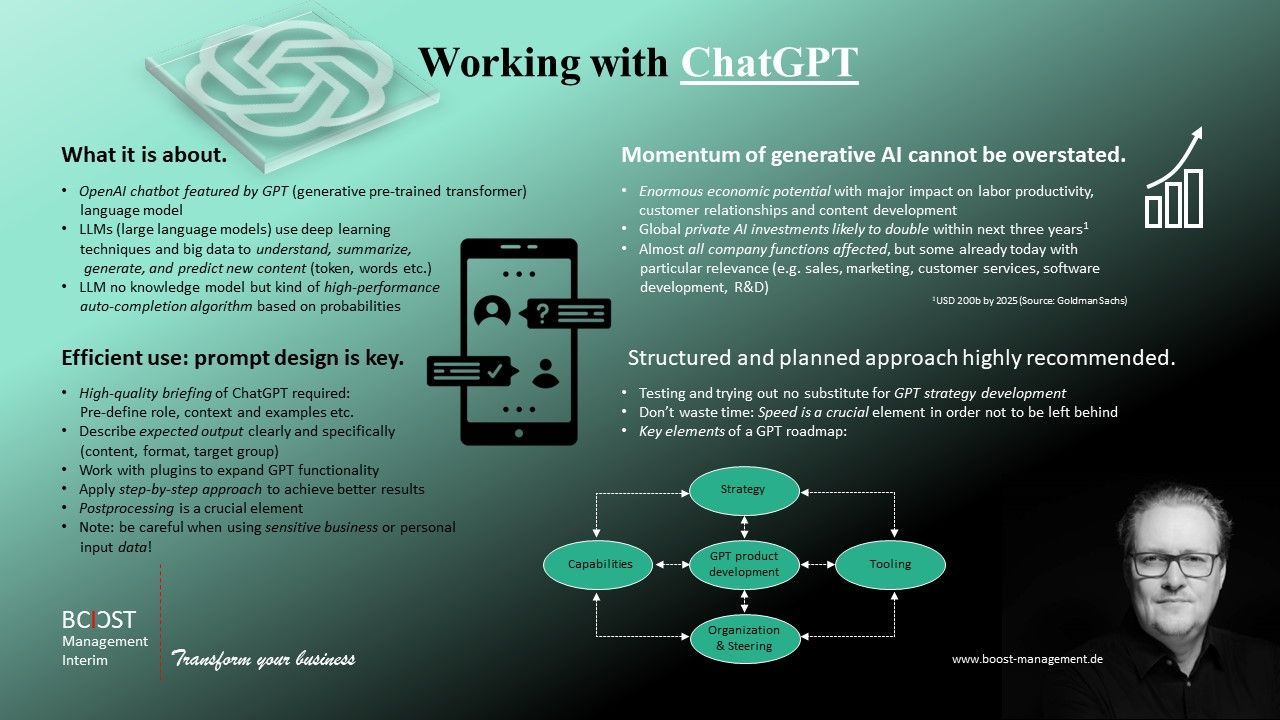

Modern TransformatIon Management
Our teaser series provides an overview of the most important tasks, priorities and challanges that companies face when setting up and implementing transformation programs.
Leading in a crIses: from minus to plus
The new intellIgence: How companies develop digital business models
Shaping change processes sustainably: how transformatIon really succeed

Paths to a value-adding company: innovatIon management
to be realigned

Leading in the age of agile transformatIon: Management reloaded

Modern TransformatIon Management:
Our teaser series for download
December 2021




- Define a communication strategy and a reliable, fact-based communication process with clear rules and decision-making powers.
- Give regular updates from management directly to employees. If necessary, set up an internal hotline to address questions, concerns and fears about the future of the workforce.
- Explain your crisis plan to the most important stakeholders, i.e. the why, how, when and what of the current approach.
- Get feedback from relevant stakeholders. Communication is not a one-way road. Listening and learning are important elements in this phase in order to be able to offer adequate solutions.
- Create information routines. Regular management reports increase confidence in crisis management skills.
- Communication in a crisis must take away fears and build a future perspective. Therefore, do not forget to show sufficient presence. Times of crisis require managers who tackle things themselves, assume responsibility and exude determination, confidence and trust.
The new IntellIgenz: How companies develop digital business models
- The character of industrial value creation is changing sustainably. Value creation is increasingly shifting to digital.
- The rules of competition change fundamentally: The participation in partner networks replaces the competitive confrontation between companies.
- The control function between reality and virtuality, between technical objects and their digital image, revolves around. Digital skills, internet technology and AI use become key areas of modern value creation systems.
- Dynamics and complexity of development require new ways of working, skills, leadership principles and management models in order to remain playing an active role in this digital transformatIon. The required conversion rate can not be achieved by conventional means.
- Vision and Mindset: First, do your own homework. Management is challenged to rethink business models, organizational processes and ways of working from scratch, without relying on the already familiar approaches. Think about how digitization and machine learning can sustainably (rather than gradually) improve your core business - before others do. Always put a potential benefit scenario or bottleneck problem of a target group in the starting point and center of your transformation project, and only in the further process the dimensions of society, cooperation partners, processes and technologies. Include the full range of potential digital technologies and man-machine interactions in your thinking.
- Experimental procedure: Develop a culture of experimentation (can not be overstated!) to test and gradually improve your business ideas. This is done through continuous and iterative building, measuring, learning, scaling and saving. Join forces with other complementary interest groups, practical scientific institutions and companies to conceptualise, implement experimentally and under real conditions cross-sector, collaborative and pragmatic collaborative value creation scenarios. A corresponding infrastructure with so-called test lab, testbed (3) or incubator offers is being set up nationwide.
- Leadership: Establish a corporate culture of trust that promotes responsible AI by putting people at the center of your AI initiative. Allow them to be interested in the outcomes and to understand the functioning of the system by granting the right to establish guard rails and control mechanisms (4). Create positive experiences to reduce "algorithmic aversion" and other emotional reservations against AI.
- Data management: Build and evolve a (real-time) data supply chain that can deliver continuous supply of information from a variety of rich sources to their systems, supported by adequate human resources, clear role descriptions, and responsible data supply chain managers. Special attention must be paid to quality and data protection management.
- Persistent thinking about redesigning business models and processes
- Mutual learning through new (on-the-job) training and role models
- The ability for intelligent (machine) questioning
- Digital literacy and bot-based workplace design
- Holistic integration through the development of mutual behavioral models
- Humanization of cooperation through integration of human decision-making processes and responsible design and implementation of AI technologies
- AgIle management: AgIlity means aligning and adapting the entire enterprise architecture to agile principles - from product development to after-sales service, from organization to leadership culture. It is therefore much more than just the introduction of certain software development methods (such as Scrum), general flexibility or management methods. It is the foundation of modern value-added economics - and it creates the necessary speed of implementation.
- Trust-based collaboration: A culture of trust is the opposite of a competitive-minded organization and an indispensable prerequisite for successful collaboration across departmental, hierarchical and organizational boundaries. Only a collaborative environment will put you in the position to innovateIsuccessful value added scenarios.
- Sensitivity and mindfulness: Ultimately, this involves the ability to genuinely perceive and reflect the dynamics and complexity of developments in and around the company in order to be able to act in a prudent manner. Management is challenged to take seriously the interests, needs and concerns of those groups that may be affected by AI-driven change.
Shaping change processes sustainably: how transformatIon really succeed
Dynamic value creation through agIle transformatIon
- Above all, sustainable value creation is founded and supported by ideas and know-how, learning gains, motivation, customer loyalty and so on, i.e. so-called intangible assets. Permanently successful companies do understand this and align themselves accordingly in their change management. They are first employee-oriented and only then customer-oriented, see themselves as problem solvers and benefactors, and are well connected internally and externally.
- Sustainable value creation requires lasting change: people's ability to change and learn always requires equality of will (I understand the reason for change and carry it along), ability (I have the skills and opportunities for change), should (my superiors, colleagues and employees go along) and must (I am supported by adequate structures, processes, systems and platforms). Permanently successful companies manage to model these complex effects and incentives in a problem-adequate, iterative, incremental and decentralized manner.
- Sustainable value creation is based on a multiplication of the outlined learning progress. Permanently successful companies attach importance to personalized, value-based and dialogue-oriented interaction in change processes, mobilize through consistency, clarity and persuasive power of internal communication, rely on a cooperative, change-oriented leadership philosophy in employee and management development, and invest in state-of-the-art -art learning and dialogue platforms. Above all, they have an inspiring guiding idea ("purpose") that transcends all areas of the company and, as a brand core, conveys a strong internal and external cohesiveness and is supported by all management levels. In particular, too little attention was paid to this last point in the above example.
Paths to a value-adding company: innovatIon management to be realigned
- Customer benefits: Put the value proposition of your performance at the heart of all your considerations - from your and your customer's point of view. Maximize value rather than profit and become the best problem solver by creating real value, resolving your client's current (growth) limitations and bottlenecks.
- Performance profile: Regularly review your business model based on the dimensions of capabilities, needs, target groups, benefits, revenue, delivery, and collaboration. Identify and focus on the core and uniqueness of your performance, on the important and successful. Look for new growth areas and potential competitors along the benefits of these core competencies.
- Network: Open up for exchange with relevant partners. Think in the direction of fluid organizational forms and act in a process-oriented, cooperative way rather than competitive. Create your own innovatIon culture step by step through participation (far-reaching delegation of responsibility and tasks towards self-organization), motivation (consistency, persuasiveness and transparency of vision, goals and decisions) and communication (dialog-oriented and trust-based leadership). Encourage, challenge, and leverage the knowledge acquisition, discussion, problem-solving, and decision-making skills of your employees.
Leading in the age of agIle
transformatIon: Management reloaded
AgIlity as a competitive advantage
- Leadership is no less important in the age of agIle management, but fundamentally changes its face. In fact, the importance of modern management tools (better: leadership characteristics) is even increasing and proves to be a key bottleneck factor on the way to an agIle corporate culture. This is not surprising, since this path first of all requires the further development and change of the leaders themselves - and this is always the most difficult part, as everyone knows.
- Experienced executives (and only they possess the necessary toolkit for complex management tasks and sophisticated change processes) who want to lead an agIle transformatIon need to expand or throw away some of the qualities and capabilities that have made them successful in the past. This personal transformation requires time, courage and determination, willingness to change as well as strategic, structured and networked thinking. It means working on inner attitudes, ways of thinking, patterns and methods, routines.
Inner agIlity
- Inner agIlity being a management approach requires letting go of alleged certainties and insisting on hierarchies, titles and experiences. It means the constant search for new insights through continuous questioning, experimentation, testing and learning as well as the desire to discover through diversity and diffusion of ideas, dialogue and feedback. Inner agIlity is characterized by fault tolerance and willingness to take risks, and is based on an attitude of trust and respect for one's own employees, a view of the partnership in the company as well as the support and counseling readiness of the leader. Inner agIlity leaves room for reflection, regeneration and individual entrepreneurial responsibility.
- The central management task in the age of agIle management is to form and accompany agIle, largely self-organized teams. This includes the context-related composition of the working groups (taking into account diversity, integrity, ability to act and networking), the use of modern methods of InnovatIon management and the coaching of the teams in terms of value creation, speed and (customer) prioritization.
- It is clear from what has been said so far that agIle leadership is a predominantly guiding supervisory form of management. This results in two more essential tasks for the management: On the one hand, the importance of a clear, motivating and meaningful vision increases (which as a kind of brand umbrella symbolizes the purpose of all entrepreneurial acting and the various, decentralized teams and structures of the network as a fundamental element cohesion, inspiration and stability). On the other hand, agIle management requires sustainable multiplication through adequate training and mobilization of sufficient management resources. This includes specially educated transformatIon coaches as well as the training and operative involvement of senior management in the (re)design process.


